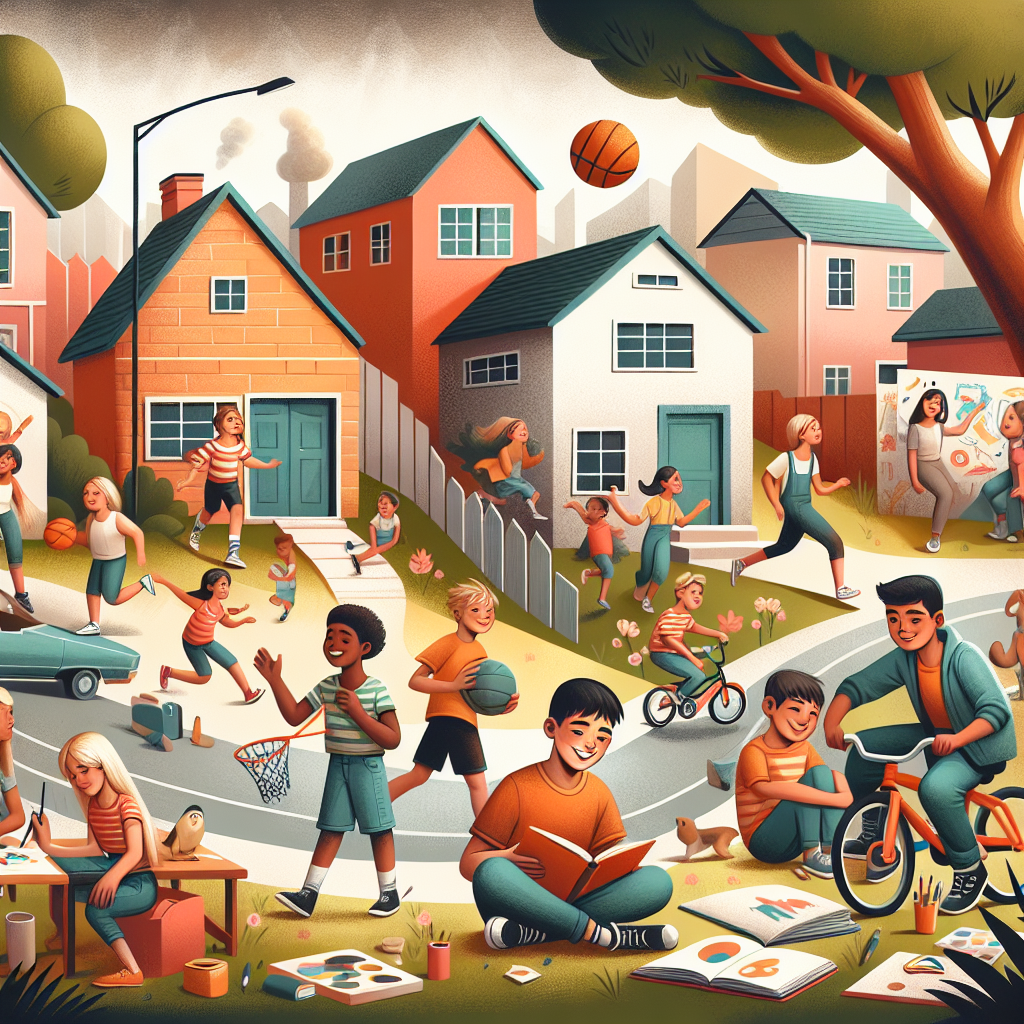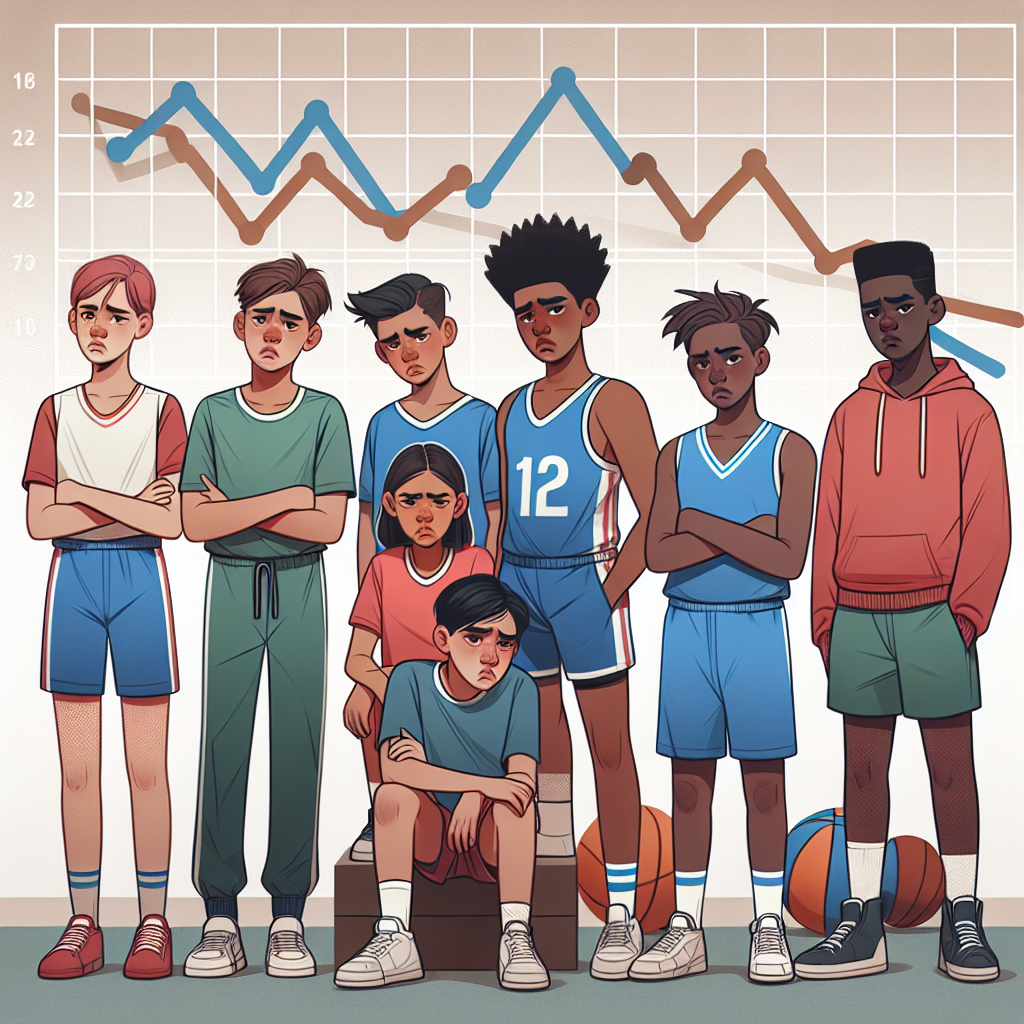Behind the Scenes of an Unlikely Shift
Somewhat like a carefully cooked meal, our communities are composed of various ingredients that blend together to form a unique flavor. Today’s special? An intriguing dish named ‘youth sports participation on decline’ is stirring up noticeable changes in property markets.
The Educational Challenge
Youth sporting events were once the hot-buttered toast of our education system – attracting families, fostering community spirit, and adding a desirable zest to local real estate markets. Their waning popularity signifies not only challenges for physical education but also impacts local property values – akin to missing out on your grandmother’s secret spice.
The Current System
Previously, school districts boasting strong athletic programs were like gourmet restaurants in food culture – highly sought after and able to fetch top dollar for surrounding properties. But as youth athletics lose steam, these so-called gastronomical hotspots face the risk of becoming run-of-the-mill eateries.

Reform Proposals
Savvy developers propose solutions comparable to culinary innovators introducing fusion cuisines. Recently proposed models emphasize mixed-use developments with integrated spaces for recreational activities other than traditional sports – think coding clubs or robotics labs instead of baseball fields.
Implementation
This restructuring presents architects and urban planners with tasks similar to those faced by Michelin-star chefs – delivering innovative yet practical designs that cater to changing consumer preferences while enhancing neighborhood appeal.
Student Impact
Students stand to benefit from these transformations much like diners in a revamped restaurant. The infusion of new recreational spaces enhances their learning experience and potentially reinvigorates the community spirit once spurred by sports.

Teacher Perspectives
Educators, akin to seasoned sommeliers, lend their expert voices to this discourse. While they acknowledge the need for evolving educational provisions, many also advocate for maintaining some traditional sports as part of school culture – creating a balanced ‘palate’ is key here.
Likewise, parents grapple with this culinary renaissance in education and real estate. Their concerns range from reduced opportunities for athletic scholarships to social impacts – akin to fears about losing cherished family recipes or changing neighborhood eateries.
Inevitably there are success stories that inspire us like an exquisitely executed fusion dish. Some districts striking a balance between innovative recreation spaces and traditional sporting activities are seeing renewed interest among families thereby boosting local property markets.
No transformation happens without teething issues (remember when sushi burritos were first introduced?). From funding challenges to resistance from sports enthusiasts, several hurdles line our path forward.
Yet just as food critics embrace innovation in cuisines we must do the same with our community structures remembering always that change can bring hope and possibilities aplenty!

